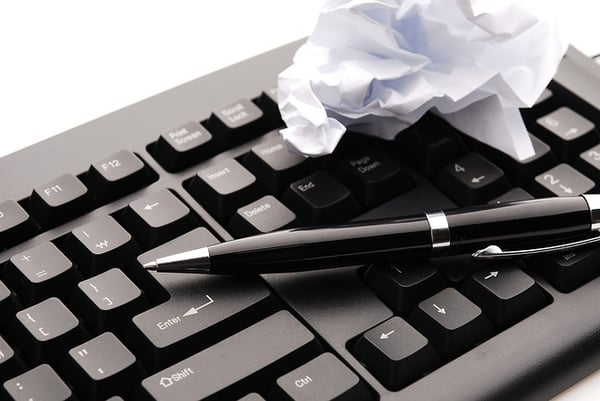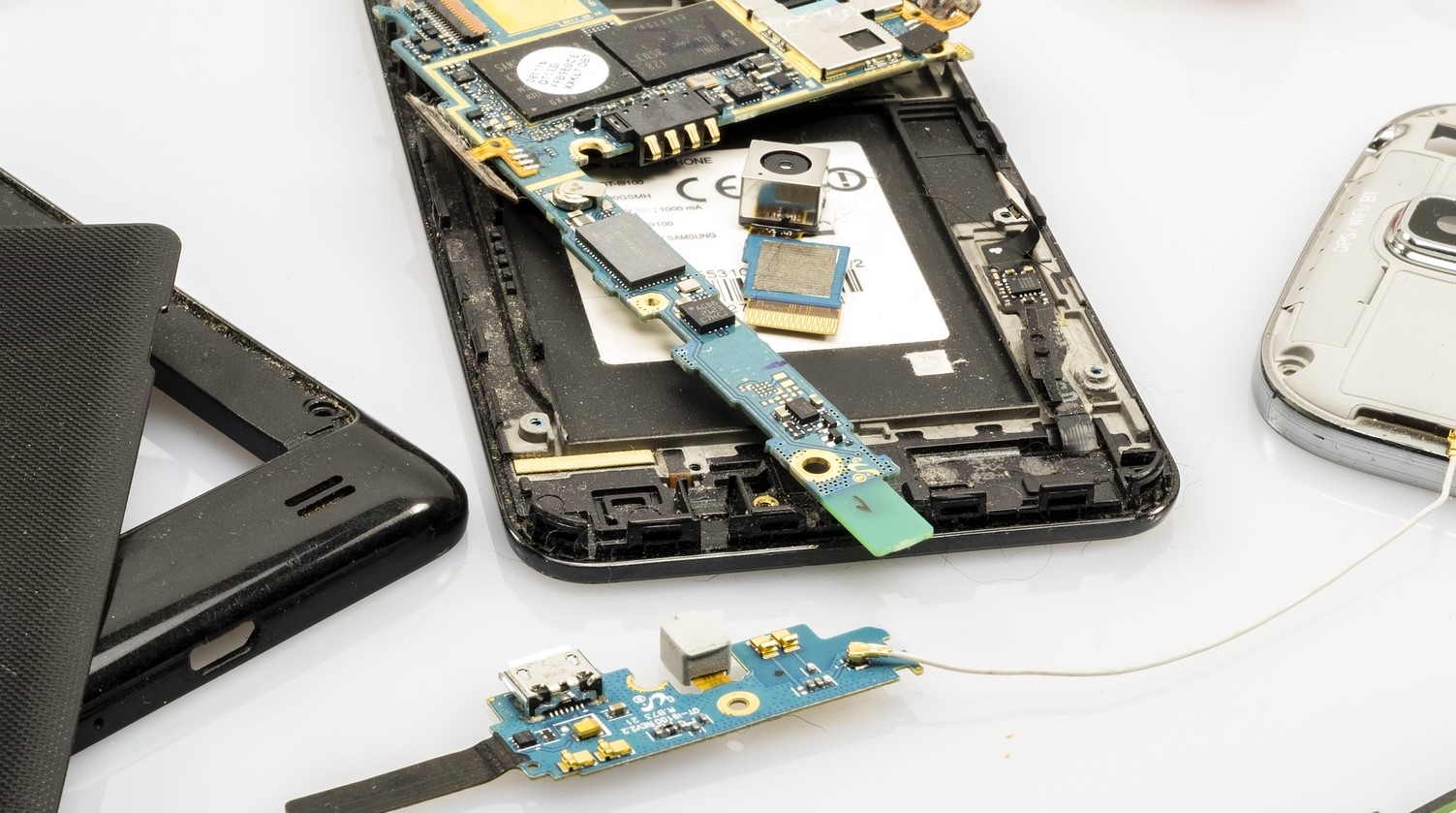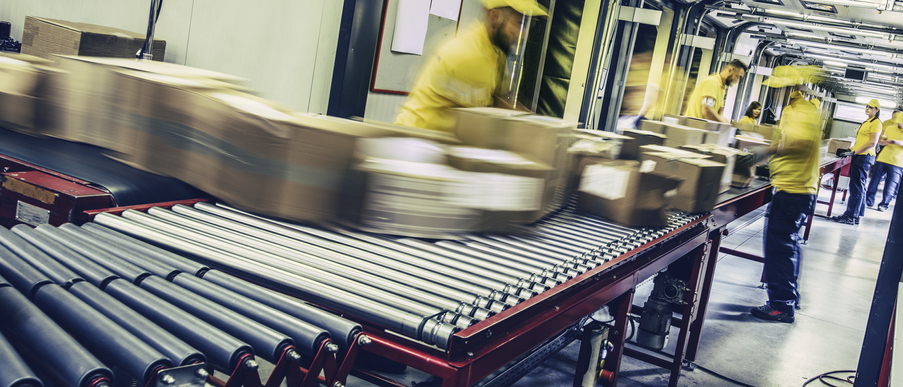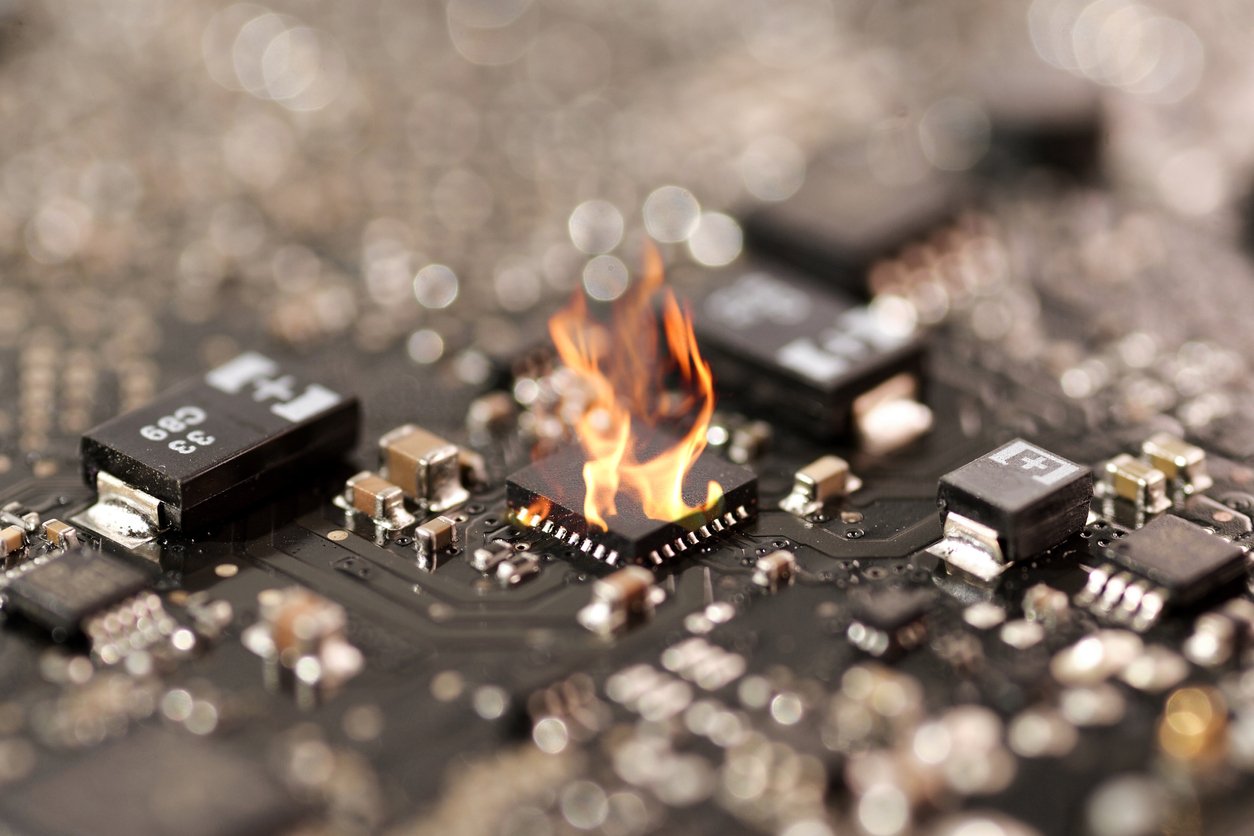How to Achieve Zero Defects in Your Electronics Build: 8 Tips
There are many areas in life where accepting mistakes as inevitable is a good thing -- electronics manufacturing is not one of them. The end goal...
 Printed circuit boards, or PCBs, are essentially the lifeblood of the devices we use every day. Cellphones, TVs, cars, street lights and so many other devices rely on PCBs, which is why it can be extremely disruptive when one fails.
Printed circuit boards, or PCBs, are essentially the lifeblood of the devices we use every day. Cellphones, TVs, cars, street lights and so many other devices rely on PCBs, which is why it can be extremely disruptive when one fails.
PCBs fail for a litany of reasons, sometimes even before they’ve been shipped for use. By understanding the causes of PCB failure, it’s easier to prevent future failures and enjoy more productive PCB testing.
Here are the most common causes of PCB failures:
Here are the underlying factors for each:
Defects are the most prevalent cause of PCB failure. Often, defects occur during the PCB assembly process.
PCBs are extremely sensitive to electrostatic discharge (ESD), and though we can only feel ESD in the thousands of volts, the smallest discharge can cause a component defect. This can be latent (meaning the PCB remains functional but suffers downgraded reliability) or catastrophic (meaning permanent damage has been done.)
Other potential defects include:
Reliable PCB manufacturers take several precautions to eliminate electrostatic discharge on the production floor. This includes ESD-safe smocks, shoe grounders, and dissipative floor and work surfaces.
Component burning is a type of PCB defect, but it's worth noting as a major cause of PCB failure. And a burnt component could do more than require a replacement part -- it might require a whole board overhaul.
The three main causes of burnt components include:
Extreme heat: If a machine overheats or a board is exposed to direct flame, then the chances of a heat-related defect increase. PCBs should have a Tg (glass transition temperature) of 170°C and operating temperature 25°C less than the Tg.
Improper component spacing: Components that are too close together on the circuit board could heat up, impacting the performance of adjacent parts. Designing PCBs to have the optimum amount of space is crucial for avoiding heat-related defects.
Component failure or technician error: If a board isn't hooked up correctly or the voltage protections aren't up to par, a board is at a higher risk for burning out. Having detailed hook up instructions can help alleviated technician error.
Circuit boards are sensitive to outside factors as well. Heat and humidity can cause expansion in PCBs, resulting in warping and potentially damaged soldered joints. This is why PCB manufacturing is usually done in a climate-controlled environment where humidity is kept at a safe level.
Foreign debris that comes into contact with a board can have adverse effects as well. Plenty of things can find their way into your assembly and cause overheating, such as:
Solder is a key ingredient in the PCB process. It’s what maintains the contact between a component and circuit, but it can occasionally become contaminated and result in a board failure.If there is too much moisture in the solder, it can become conductive and cause short circuiting.
But it's more than the consistency of the solder you have to worry about, it's installation error, too. There are a few common types of solder defects, each effecting the board in different ways.
Usually, proper training and practice for your assemblers can remedy these soldering defects.
Design engineers, assemblers, quality engineers, and seemingly countless others are involved in the production cycle. So it’s not a surprise that human error plays a part in more than a few PCB failures. There is shortage of honest (or lazy) mistakes that can harm a PCB, including:
The good news? Most of these errors can be fixed with rework, but it can cost you both time and money.
PCBs tend to age more like humans than fine wine. As they get older, they begin to break down.
Components begin to fail after reaching the end of their expected life cycle, and the PCB must be fixed or replaced with a new one. Often, a board can be fixed for a fraction of the price of a new PCB, making contract manufacturers that offer aftermarket services a valuable asset to have on hand.
So, now you know what causes a PCB to fail, and hopefully you've learned how to avoid those failures. At the end of the day, replacing components and reworking designs are part of the business of working with PCBs. Having a partner that knows the ins-and-outs of PCB testing, assembly, and remanufacturing can save you time and money.
To learn more about what a quality electronics contract manufacturer is capable of, check out our free guide!
Editor's Note: This post was originally published in 2018 and was updated in July 2023 to include more relevant information.

There are many areas in life where accepting mistakes as inevitable is a good thing -- electronics manufacturing is not one of them. The end goal...

There’s a certain need for speed in manufacturing circuit boards -- the electronics industry demands it, and your end users demand it. But how quick...

While there are many common printed circuit board defects, one of the most notorious is burnt components. It's also, unfortunately, one of the most...